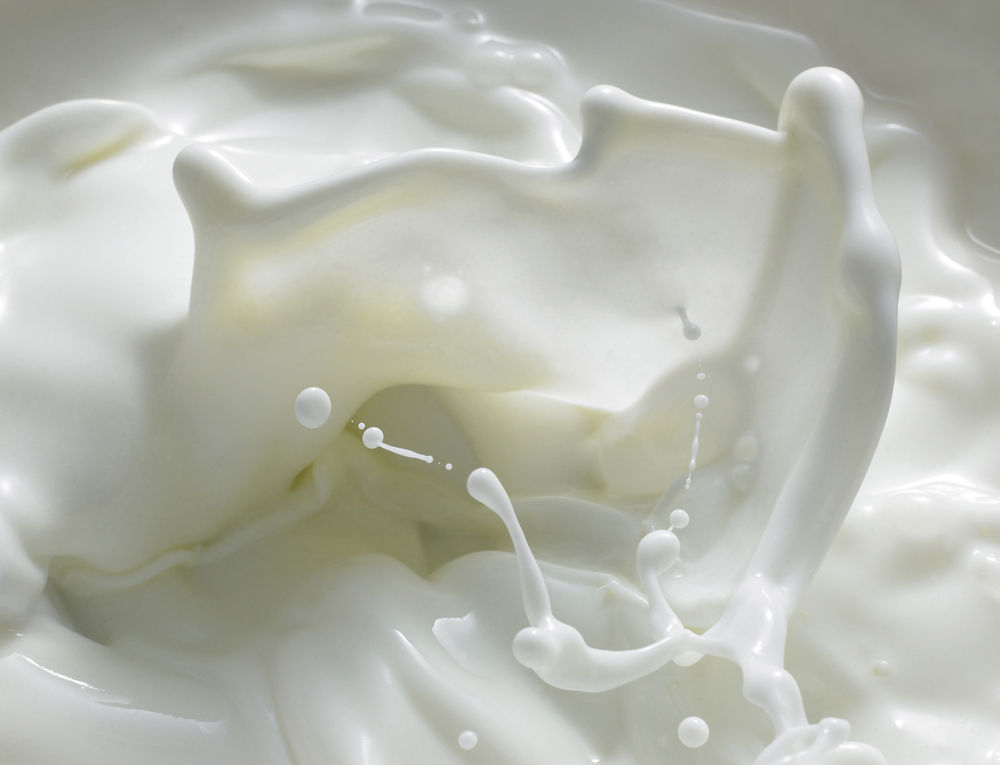top of page


WHO DISCOLORED MY CHEESE?
If you are a cheesemaker, industrialist, student, cheese cheesemonger, or just curious about the technology of dairy products, you can not miss this exclusive talk by Professor Múcio M. Furtado.
There will be a 2-hour lecture with an in-depth discussion on the physical-chemical and microbiological causes of pinking in the context of cheeses with or without natural coulorings (Norbixin and β-carotene). Professor Múcio prepared a special and unprecedented content for this presentation in Brazil:
- Isomeric effects
- Carotenoid photo-oxidation
- Effects of sulfur metabolites
- Effects of pH and Redox potential
- Tyrosine oxidation
- Non-enzymatic browning
- Effects of salt and water activity
- Influence of microorganisms belonging to the genera Propionibacterium, Pseudomonas, Clostridium and the group of corineform bacteria
- Thermus thermophilus
- Oxidizing agents such as nitrates
We want to invite all professional and student involved in the dairy world to be part of this moment. Come on and participate in… the online lecture WHO DISCOLORED MY CHEESE will not be just another presentation, it will be a mind blowing lesson from our Master Cheesemaker.
FREE SUBSCRIPTIONS?
Yes, but the number is limited. So, you had better not waste time... burry to sign up.
Inovaleite's online events aim to democratize access to quality information. We could only make it possible due to the support of funding agencies and companies that sponsor our actions .
ISSUING CERTIFICATES?
Yes! Sure. After the event, all participants will have the opportunity to request the free certificate or the solidarity certificate (R$ 7.99), which aims to help the fundraising campaign for Milkfund .
SO, LET'S GO TO THE REGISTRATION LINK?
After your registration is through, you will receive an email with all the necessary information to access our virtual event room.
We have an appointment on December 10, at 4:00 pm. Also keep track of other news on Inovaleite's Instagram. Start following our work on social networks and stay up to date on the Group's actions. We always have some news to tell you !!!!

DISCOLORED CHEESE PHOTO GALLERY?
You can upload your image and take part in our photo gallery of discolored cheeses. Send your file to inovaleite@inovaleite.com . Professor Múcio will be happy to help you solve this problem.













BLUE PIGMENTATION IN CHEESES?
Bacteria belonging to the genus Pseudomonas are contaminants often associated with the deterioration of dairy products. In milk, this deterioration is generally attributed to the production of lipolytic and proteolytic enzymes. These enzymes are also associated with the deterioration of cheese, however, another type of deterioration in this product that has also been related to contamination by strains of Pseudomonas is the appearance of a blue pigmentation. In 2010, many cases of blue pigmentation in Mozzarella cheese, produced in Europe and the United States, were reported and official analyzes linked this phenomenon to contamination of the cheese by strains of Pseudomonas fluorescens, coming from the water used in processing. The frequently reported episodes were a serious problem for dairy producers and, since then, several studies have been started to investigate and detect the agents that cause blue pigmentation in cheese.
The appearance of this pigment is a phenomenon usually registered in fresh, high humidity cheeses, and it occurs even when the product is strictly kept under strict refrigeration. Dairy products in Brazil have increasingly reported the occurrence of this deterioration, but due to the lack of scientific information about it, many people mistakenly end up associating it with chemical residues in the final products. The doctoral research by Rafaela da Silva Rodrigues, a member of the INOVALEITE team, aims to study this type of deterioration. Her research project is entitled “Investigation and characterization of the production of blue pigment by Pseudomonas spp.” and the team has already managed to identify different species of Pseudomonas that cause this pigment .













Who discolored
my cheese?

Let's go and unravel this problem together?
If you have ever had a problem with discolouration defects in cheese, you will surely understand the expression of our friend here next door.
Come and participate in the lecture and ask all your questions!
bottom of page
